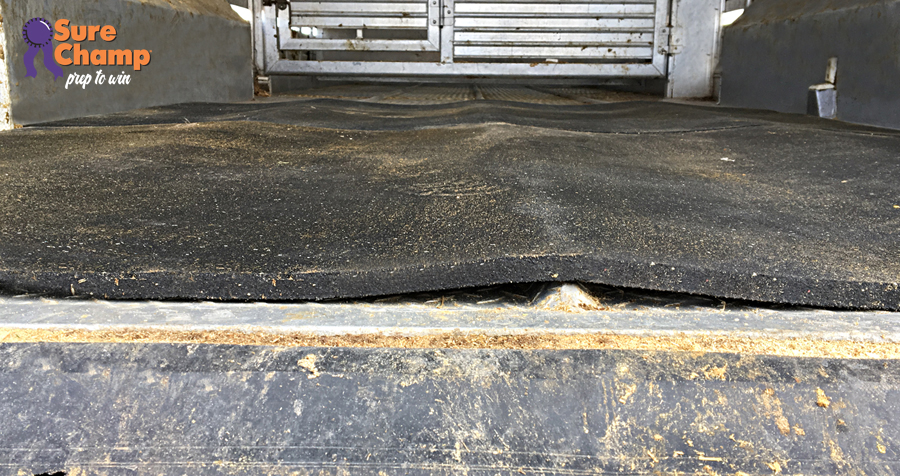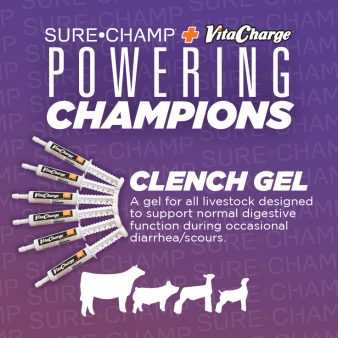
You’ve spent countless hours in the barn. You’ve managed the nutrition of your show string, grown and worked hair and now you are ready to hit the winter shows. The work you’ve put in at the barn is important, but so is transporting your cattle to the show so they are safe and comfortable.
Billy Stuckey, Sherman, Texas, says joint health and keeping cattle sound while hauling them is imperative. “Make sure they are comfortable, and if you can, leave them loose to haul them.”

The first thing Stuckey likes to do when preparing his trailer to haul cattle to a winter show is to lay down a half-inch thick rubber mat on the floor of the trailer. These mats can be purchased at most farm stores and gives an initial layer of comfort between the trailer floor and the animals. Next, he likes to use fine-textured bedding like cedar fiber or pellets to bed the trailer. He suggests wetting down and packing the bedding until it is 3-6 inches thick.
 “Wetting the bedding down keeps it packed in tight and makes nice padding for the cattle, and it keeps the bedding from blowing around and getting in their eyes and hair,” Stuckey said.
“Wetting the bedding down keeps it packed in tight and makes nice padding for the cattle, and it keeps the bedding from blowing around and getting in their eyes and hair,” Stuckey said.
Straw is a less expensive bedding alternative; however, Stuckey suggests that if using straw, the bed should be at least 8-10 inches deep to ensure the cattle have enough padding. He also recommends keeping the rubber mats on the trailer floor to provide added comfort and prevent slipping. Straw will get dirty more quickly, and it would likely take more to bed the same area.
“You will get a more comfortable ride on shavings or cedar,” Stuckey said. “The bedding is more likely to stay in place when the cattle are moving, and the shavings are easier to keep clean.”
Once you have a good bed for your cattle, decide if you have enough room to leave them loose while in the trailer. If space allows, group small numbers of similar sized cattle together, leaving them enough room to lie down. If you must tie up your cattle, allow 3-4 feet per head so they can lie down, and tie them low.
Before you leave, also make sure all gates are secured and locked. If you have more than a 12-15 hour drive, you might want to find a place to stop over for 6-8 hours, allowing the cattle to eat and get some exercise. This will also allow you to get some rest.
“Keeping your cattle safe and comfortable should be a priority,” Stuckey said. “Provide them a comfortable, padded trailer to make sure they are sound when you get to your show.”
Finally, Stuckey recommends cleaning and rebedding the trailer on a regular basis – at least monthly. This ensures your cattle have a clean, safe environment and also prevents the trailer floor from rotting, extending the life of your trailer.

